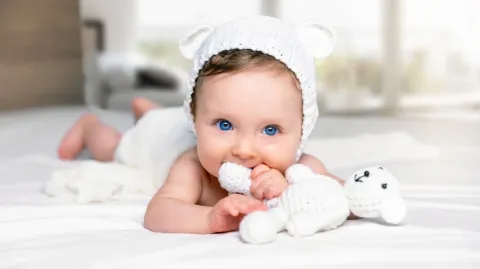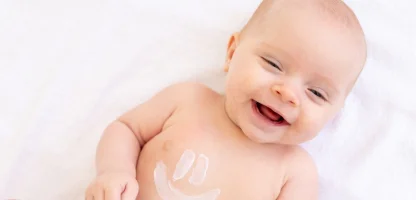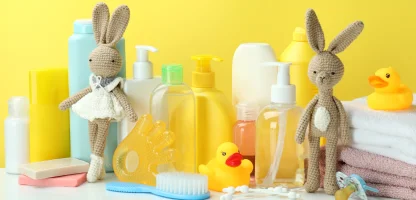A Guide to Identifying Genuine Organic Certifications in Baby Products
One of the most important concerns for parents when purchasing products for their babies is health. Especially in textile-based items such as clothing, bedding, blankets, towels, and swaddles which come into direct contact with the baby’s skin organic content and proper certifications are extremely important. Although there are hundreds of products on the market labeled as “organic,” not all of them are truly organic. Therefore, understanding what organic certifications mean helps parents make the right choices and protects the baby from unnecessary chemical exposure.
The Word “Organic” Alone Is Not Enough
Seeing the word “organic” on a product label is not a reliable guarantee on its own. The concept of organic gains meaning only when the product is certified. In other words, this claim must be verified by independent and authorized organizations.
At this point, two certificates appear most frequently:
- GOTS (Global Organic Textile Standard)
- OEKO-TEX Standard 100
Although they may look similar, they differ significantly in terms of scope, level of safety, and auditing procedures.
What is the GOTS Certificate?
GOTS is one of the most recognized and strictly controlled organic textile standards in the world. For a textile product to carry the GOTS label:
- The majority of fibers used must be produced through organic farming,
- Dyes, chemicals, and softeners must not be harmful to human health,
- Production processes must follow environmental rules and social responsibility principles.
- So GOTS does not only claim “the product is organic.”
It certifies the entire production chain.
Priority for baby products:
Top level recommendation If possible, choose products with a GOTS label.
What is OEKO TEX Standard 100?
OEKO-TEX proves that the chemicals contained in a product fall within safety limits acceptable for human health.
The key difference here:
- OEKO-TEX does not guarantee that a product is organic.
- It only guarantees that harmful chemicals are not used.
For babies, OEKO-TEX Class 1 is the most recommended category.
How Should Parents Check Labels?
A truly certified GOTS or OEKO-TEX product should include:
- The certification number,
- The brand name which can be verified on the certification portal,
- The class/category details.
Just seeing a logo printed on the package is not enough.
You must also check the certification number and validity date.
Why Is This So Important?
A baby’s skin is much thinner and more permeable than an adult’s.
Substances such as azo dyes, formaldehyde, PVC, and heavy metal pigments used in textile dyes can be easily absorbed through the skin. Over time, this increases the risk of allergies, eczema, irritation, and many other skin problems.
Therefore, organic certifications are not a luxury they are a protective health investment.
While choosing safe baby products, parents should not hesitate to examine labels in detail. Seeing a logo alone is not sufficient checking the certification type, class, validity number, and confirming whether the brand is truly listed is the safest approach. GOTS provides the strongest trust level by ensuring both organic farming standards and clean chemical usage. OEKO TEX complements this with an additional chemical safety test.
Parents should make it a habit to evaluate not only design and price when shopping, but also whether the product is truly certified.





Comments0
No comments yet — be the first to comment!